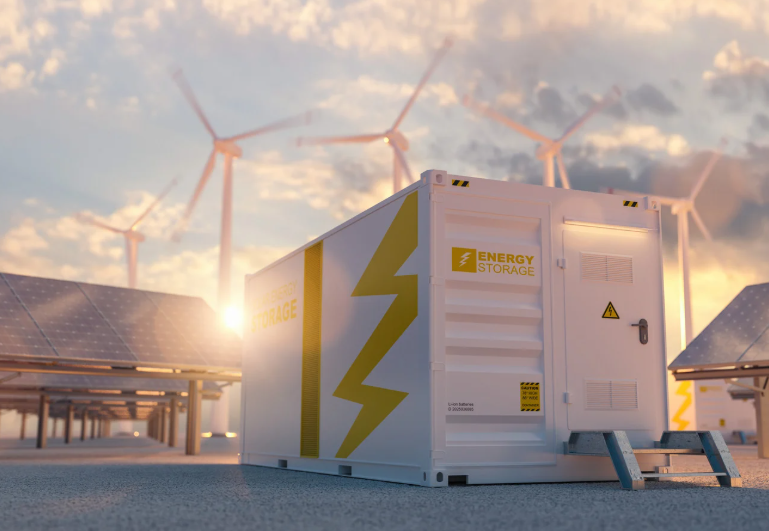The transition toward sustainable energy solutions is evidenced by a 270% increase in global renewable energy capacity since the start of the century. However, when energy storage enters the spotlight, industry professionals often find themselves at a crossroads.
The evolving landscape of energy storage presents a multitude of challenges and opportunities, especially when considering residential applications. Current market data indicates that battery storage technologies dominate renewable energy systems, largely due to their extended lifecycle, high energy density, and decreasing costs per kWh. However, recent drops in hydrogen storage costs have shifted attention, setting the stage for an intriguing economic analysis concerning its potential integration alongside the conventional battery setup.
Examining the techno-economics of a residential nanogrid configured with combined and substituted storage systems—spanning batteries, electric vehicles (EVs), and hydrogen fuel cells—reveals fundamental tensions. The complexities inherent in energy storage integration are often exacerbated by cost pressures and capacity planning. For instance, data elucidates that in specific nanogrid settings, substituted storage solutions can yield energy costs as much as 44% lower using batteries, 22% lower using EVs, and 39% with hydrogen storage compared to a combined storage cost of 0.0018 $/kWh.
In an unexpected twist, despite the substantial role anticipated for EVs in energy grids due to their practicality and accessibility, they demonstrate a 30% cost reduction under substituted storage configurations. Still, hydrogen storage’s 65 kW capacity surpasses both battery and EV storage capacities, which stand at 50 kW and 55 kW respectively, hinting at a potential edge in long-term energy provision.
The practicality of a nanogrid setup becomes evident in its economical operation as well as its adaptability to diversify energy sources, achieving reduced acquisition and operational costs. Nevertheless, the evident high initial costs and the technical intricacies of microgrid operations—including regulatory and standardization hurdles—pose significant adoption barriers for potential stakeholders. Nanogrids, with their inherent simplicity and cost-effectiveness, present a compelling alternative for residential energy solutions, especially for applications deemed critical and low-demand.
Scenario analysis conducted through stochastic modeling enables an objective evaluation of the risk associated with renewable resource intermittencies and customer demand variability. In such analyses, the annualized total costs for substituted storage configurations were revealed to be significantly lower—up to 44%—demonstrating economic viability under various forecasting scenarios.
These insights suggest that while batteries currently hold the proverbial crown within energy storage ecosystems, hydrogen storage is emerging as a viable contender. This is driven largely by diminishing costs and increased capacity over long discharge periods, presenting novel use cases when combined with battery and EV storages.
As the world gradually edges closer to adopting unconventional energy storage technologies, strategic policy implementation and advancements in storage technology R&D will define future progress. Key metrics—often resting with seemingly peripheral players like hydrogen—deserve more nuanced exploration to pave the way for innovation that aligns economic viability with technical scalability. The integration of these technologies into residential grids highlights not just a technical evolution, but also a socio-economic shift that could redefine how energy systems are perceived and utilized nationwide.
Stay updated on the latest in energy! Follow us on LinkedIn, Facebook, and X for real-time news and insights. Don’t miss out on exclusive interviews and webinars—subscribe to our YouTube channel today! Join our community and be part of the conversation shaping the future of energy.
